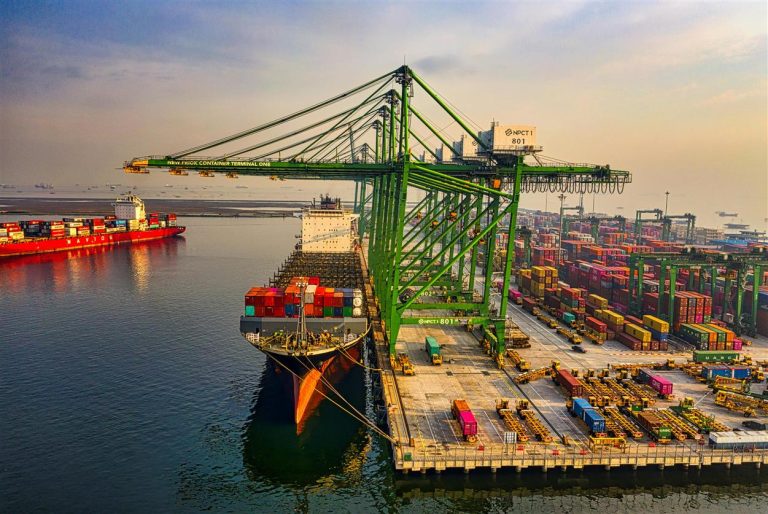
For the better part of the past year, economists, politicians, and media outlets have clung to the term soft landing like a comfort blanket. It’s a phrase designed to soothe, to suggest that even if things look bumpy now—higher interest rates, volatile markets, slowdowns in spending—there’s no need to panic. We’ll descend smoothly from inflationary highs without crashing. But beneath the headlines and forecasts, the concept of a soft landing isn’t nearly as reassuring as it sounds.
In fact, some argue it may not even be real.

The Mythology of the Soft Landing
The term soft landing comes from aviation. Imagine an aircraft descending gently onto a runway, passengers barely feeling the wheels touch the tarmac. Economically, it’s supposed to mean a reduction in inflation and cooling of overheated growth without triggering a full-blown recession.
It sounds tidy. Controlled. Strategic. But economies aren’t airplanes. They’re chaotic ecosystems made up of millions of decisions—some rational, many not. Steering that into a “gentle descent” is less science and more gamble.
Historically, true soft landings are rare. Most attempts to curb inflation through interest rate hikes, for example, have either stalled growth too little—allowing inflation to linger—or overcorrected, plunging countries into recessions. What’s often marketed as a success story is, in hindsight, closer to “we got lucky.”
How We Talk Ourselves Into Calm
One of the most overlooked forces in economics is narrative. When central banks and financial media signal that things are under control, consumers and investors are more likely to keep spending, hiring, and investing. That confidence can become self-fulfilling—for a while.
But this psychological buffer can also obscure deeper fragility. If people are acting calm because they believe authorities are managing the situation, not because conditions have fundamentally improved, the entire soft landing premise starts to look more like a delay mechanism than a solution.
There’s a reason why the phrase “recession” is avoided until it’s undeniable. Language buys time. “Resilience,” “moderation,” “normalization”—these are the new euphemisms for “not great, but let’s not call it bad yet.”
Resilience or Reallocation?
Much of the perceived strength in recent economic numbers—especially in the labor market—has less to do with organic growth and more to do with how people and businesses are adapting. Job growth may be holding up, but wage gains are flat. Consumer spending remains strong, but it’s increasingly driven by credit, not cash. Business investment looks healthy, yet much of it is flowing into defensive areas: automation, cost-cutting tech, essential infrastructure.
In this sense, what looks like resilience might just be reallocation. People and institutions aren’t thriving—they’re adjusting. That’s not necessarily a bad thing. But it’s not the same as economic health.
The “Lag Effect” Nobody Likes to Talk About
Policy moves—especially rate hikes—don’t show their full effects right away. Economists call this the “lag effect.” It can take 12 to 18 months for higher interest rates to work their way through the economy, slowing borrowing, stalling hiring, and eventually suppressing inflation.
Which means today’s apparent calm could be tomorrow’s downturn. The fact that GDP hasn’t cratered or that unemployment remains low doesn’t mean the soft landing is secured. It may just mean we haven’t hit the wall yet.
The challenge is that by the time these delayed effects kick in, it’s often too late to reverse course. If central banks start cutting rates again to stave off a slump, they risk reigniting inflation. It’s a balancing act that leaves very little room for error—and the ground is always shifting.
Global Fragility, Local Optimism
The soft landing narrative is particularly loud in countries like the United States, where consumer spending and employment have remained relatively strong. But globally, the picture is far less stable. European economies have flirted with stagnation. Emerging markets face crushing debt, made worse by a strong dollar and global capital outflows. China’s post-COVID recovery has been uneven and full of policy U-turns.
In an interconnected world, the idea that one country can gracefully glide while others hit turbulence is wishful thinking. Global supply chains, trade relationships, and investment flows ensure that instability in one corner eventually ripples everywhere.
So, when we celebrate “resilience,” we should ask: whose resilience are we measuring?
Soft for Whom?
Even if a so-called soft landing is achieved in the aggregate, not everyone experiences it the same way. For middle- and lower-income households, inflation hits harder and recovery feels slower. Rent, food, and healthcare costs don’t politely taper off just because interest rates went up. For small businesses, tighter credit conditions often mean stunted growth or abrupt closures. For young workers, delayed hiring freezes opportunities just as careers are supposed to begin.
In other words, the plane may touch down gently for some, but others are already being thrown from the cabin.

The Case for Skepticism—and Preparedness
None of this is to suggest collapse is inevitable. But calling something a soft landing doesn’t make it one. It may just mean the crisis is quieter, more spread out, or affecting areas that don’t make front-page news.
What really matters is how prepared individuals, businesses, and governments are to adapt when the story changes. Are households building savings, even modest ones? Are companies investing in real stability rather than quarterly optics? Are policymakers listening more to lived realities than spreadsheet metrics?
Soft landings, if they exist, aren’t the result of wishful thinking or polished press releases. They’re built, bit by bit, through cautious optimism and honest accounting of where things really stand.
Because at the end of the day, the goal isn’t to avoid a crash at all costs—it’s to be ready if one comes anyway.






